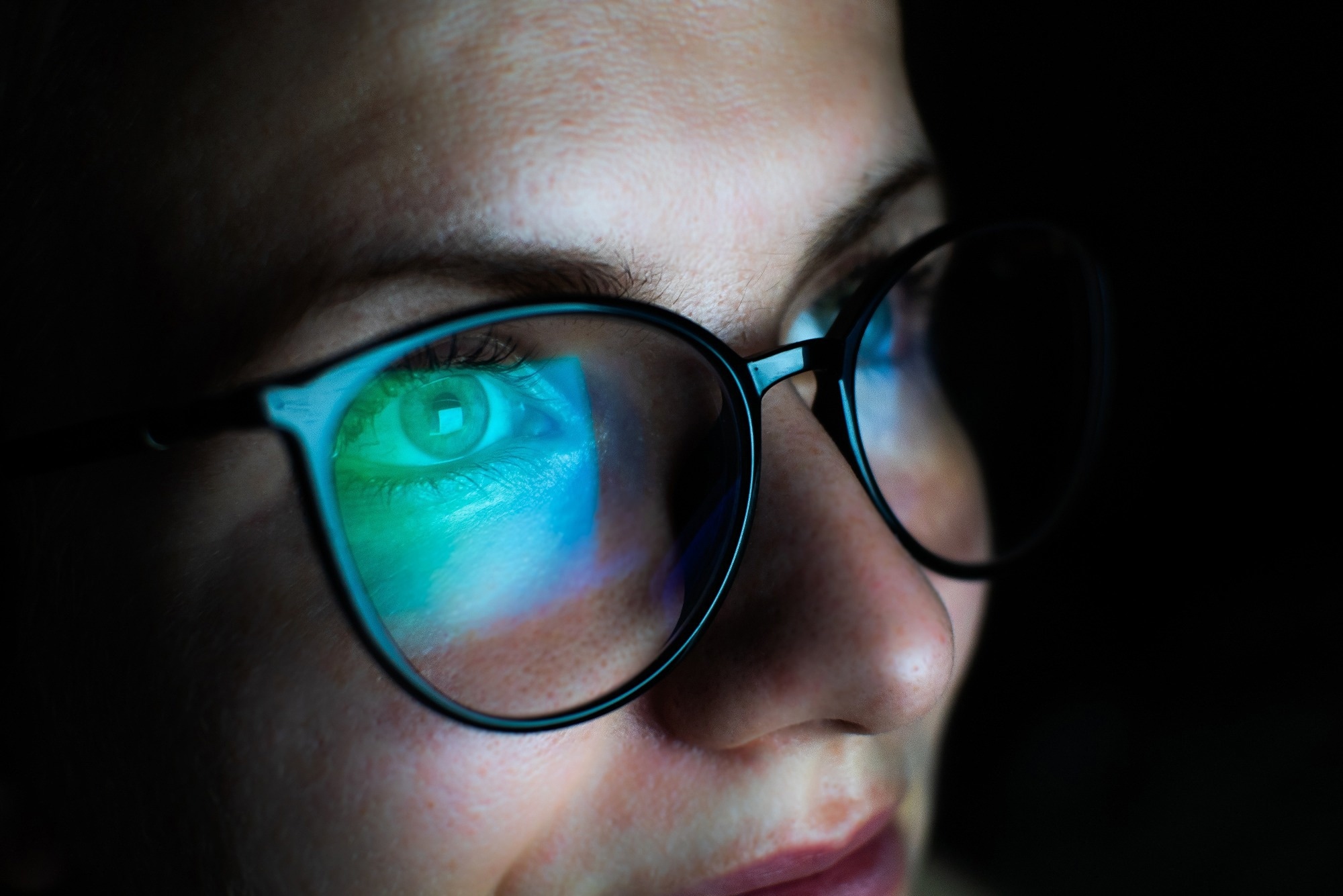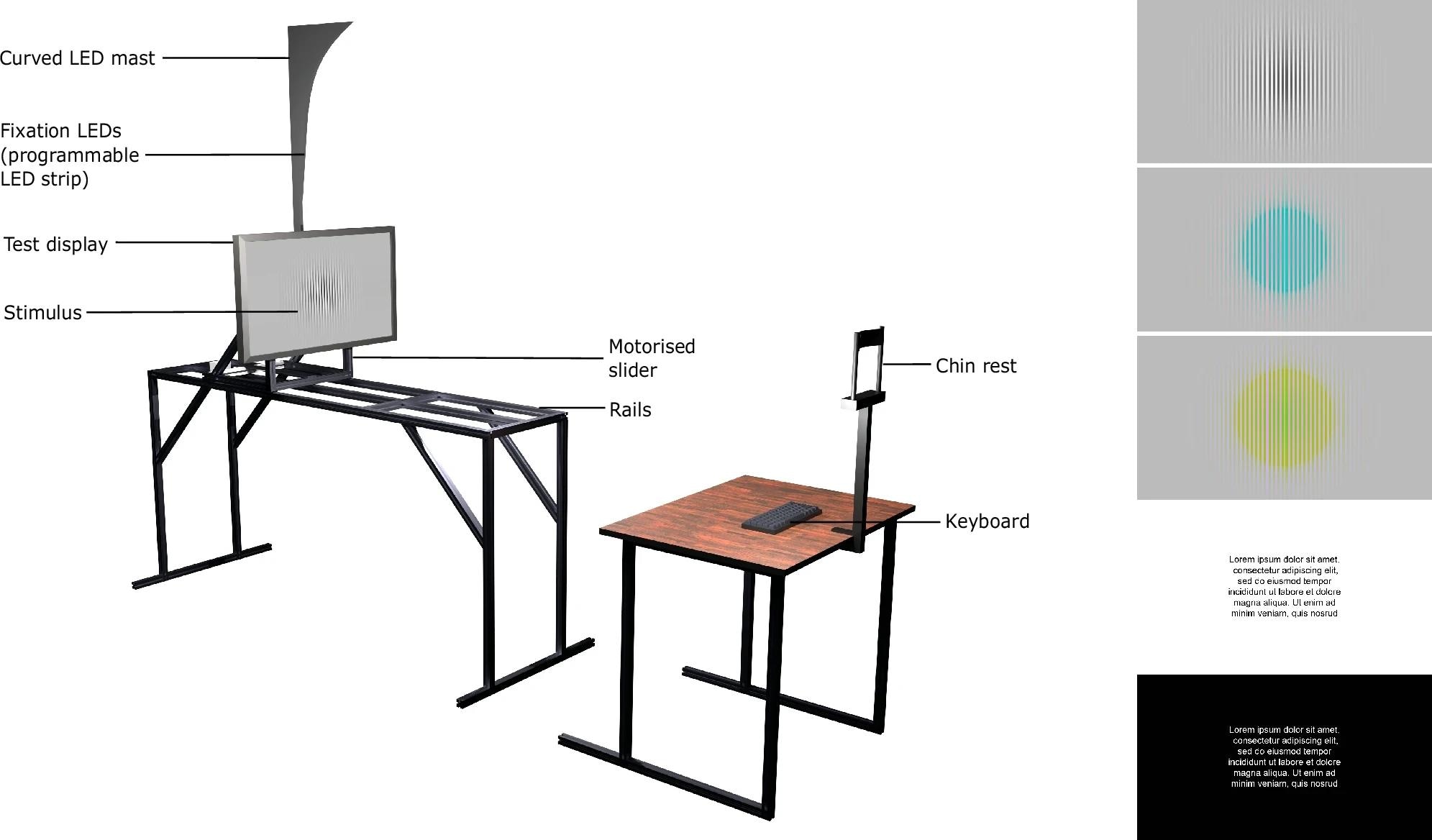A new study pinpoints the true resolution limit of human sight, showing that our eyes already max out on detail long before the latest 8K screens reach their full potential.
 Study: Resolution limit of the eye - how many pixels can we see? Image credit: Only_NewPhoto/Shutterstock.com
Study: Resolution limit of the eye - how many pixels can we see? Image credit: Only_NewPhoto/Shutterstock.com
As mobile displays continue to advance, the eye’s maximum pixel resolution has become the new benchmark, since improvements beyond this point do not enhance the viewing experience. A recent study published in Nature Communications determined the resolution of the human visual system through a novel experimental setup.
Introduction
“Retinal resolution” refers to the upper limit of the human eye's perception. As modern display technology nears this threshold, adding more image detail may no longer enhance visual quality. The current study set out to define the limit of display resolution.
Prior research has identified various components of retinal resolution. Earlier studies focused on optical aberrations, moving objects, shape discrimination, or visual acuity in isolation.
In contrast, this study takes a holistic approach. In addition to finding the resolution limit for a high-quality display, it also explores how resolution changes across the retina and how color-dependent changes affect visual sharpness under identical illumination levels.
The eye’s resolution depends on neural and optical factors, such as the type of stimulus, color, brightness, and movement, and where the image falls on the retina. The interaction of these factors is both complex and unpredictable.
For instance, the various layers of the eye scatter the light falling on it. The presence of imperfections in the corneal surface, known as optical aberrations, causes the light to focus imperfectly on the retina. Light diffraction through the pupillary slit also limits the maximum frequency of resolution.
Accommodation is an optical process in which the eye’s lens adjusts its curvature to focus images on the retina. Errors in this process cause the limit of resolution to change at different viewing distances. Retinal resolution is also influenced by the uneven distribution of photoreceptors and retinal ganglion cells. The fovea, densely packed with cone cells that detect color and fine detail, offers the sharpest vision, whilst resolution decreases toward the periphery, where cones become less concentrated.
Any experiment that seeks to define retinal resolution should provide continuously and precisely controlled resolution of the displayed stimulus. Without this, it is impossible to pinpoint the exact point at which the eye can perceive an image sharply without perceptible blurring.
The resolution of an image on an electronic display is limited by its inherent resolution, which can be modified downwards only as whole-number variants of this number. Intermediate resolutions, therefore, require digital resampling; however, this also changes the stimulus’s frequency.
The current experiment uses a motorized sliding display to move the image towards or away from the viewer, producing continuous resolution control. The measurements were performed binocularly, providing a more naturalistic representation of real-world vision and taking advantage of binocular summation effects. This is a replay of a much older study by Wertheim (in 1894), which used wire gratings to determine the relative decreases in resolution at various parafoveal locations.
The present setup used advanced technology to provide behavioral thresholds of visual resolution using reliable psychophysical methods. The researchers measured the foveal resolution for black-and-white (achromatic) and chromatic (red-green and yellow-violet) images at eccentricities of 10° and 20° from the fovea. They expressed the highest resolution detected by the eye at various distances from the fovea in pixels per degree of eccentricity (from the fovea), or ppd.
 Rendition of the experimental setup. The display can slide on rails towards or away from the observer.
Rendition of the experimental setup. The display can slide on rails towards or away from the observer.
Study findings
Historically, based on the 20/20 visual acuity that is rated highest on the widely used Snellen’s visual acuity chart, a 60 ppd resolution has been considered ideal for displays. However, young people with normal vision usually have better than 20/20 vision.
The 7th-generation Apple iPad Pro uses 65 pixels per degree (ppd) at a minimum viewing distance of 35 cm. In contrast, this experiment demonstrated a higher resolution. At the fovea (zero eccentricity), the population mean resolution for black-and-white images was 94 ppd. Individual resolutions were as high as 120 ppd.
For chromatic vision, the foveal resolution limit was 89 ppd for red-green patterns and 53 ppd for yellow-violet patterns. Moving away from the fovea, the resolution limit dropped much farther with chromatic patterns than with achromatic patterns. The similarity between red-green and achromatic resolution likely reflects the inclusion of both color pathways rather than the isolation of specific chromatic mechanisms.
These results provide a framework for developing more efficient and cost-effective visual displays. For instance, once display resolutions reach these thresholds, further increases bring negligible perceptual benefit for most observers.
Another application is video compression, where this information can be used to reduce the color resolution while maintaining achromatic resolution. This would preserve image quality while reducing the amount of data stored.
Traditionally, chromatic resolution is reduced twice as much as achromatic, assuming the eye is less sensitive to color contrast at high frequencies. This study shows that this applies only to the yellow-violet but not the red-green color pathways. This agrees with the hypothesis that the human eye is most sensitive to red-green colors under the same light conditions.
Again, the drop in resolution towards the periphery for chromatic stimuli underpins and extends the use of techniques like foveated rendering or foveated compression, helping to save on computational costs and bandwidth by reducing chromatic resolution but not achromatic, removing invisible details to improve coding performance.
The researchers modeled resolution limits across a population, demonstrating large individual variability, especially in peripheral vision. Their probabilistic model allows designers to target “retinal resolution” displays for a desired percentage of users (for example, 95% rather than the mean observer).
The scientists further modeled population-level probability distributions and explored how the resolution limit is expressed in real life regarding viewing distances and display experiences. The results demonstrated population variation, especially at eccentric retinal locations, helping to design relevant visual interfaces for most people.
These findings also provide a potential basis for updating existing viewing distance assumption-based guidelines. For instance, extremely high-detail (8K, or eight times the usual resolution) television images confer no viewing benefit compared to 4K images beyond a distance of 1.3 display heights. Beyond this distance, the eye fails to pick up separate pixels.
The study measured binocular acuity, a more naturalistic outcome than monocular acuity. Overall, it confirms earlier findings from resolution studies and improves their scope by including the whole visual system in the assessment.
Notably, this was not a mechanistic experiment but rather a practically oriented one aimed at defining the human visual system's response to viewing distances and different resolutions, thus determining the effective resolution limit for human vision.
Download your PDF copy now!
Our results provide quantitative benchmarks for display development, with implications for future imaging, rendering, and video coding technologies.